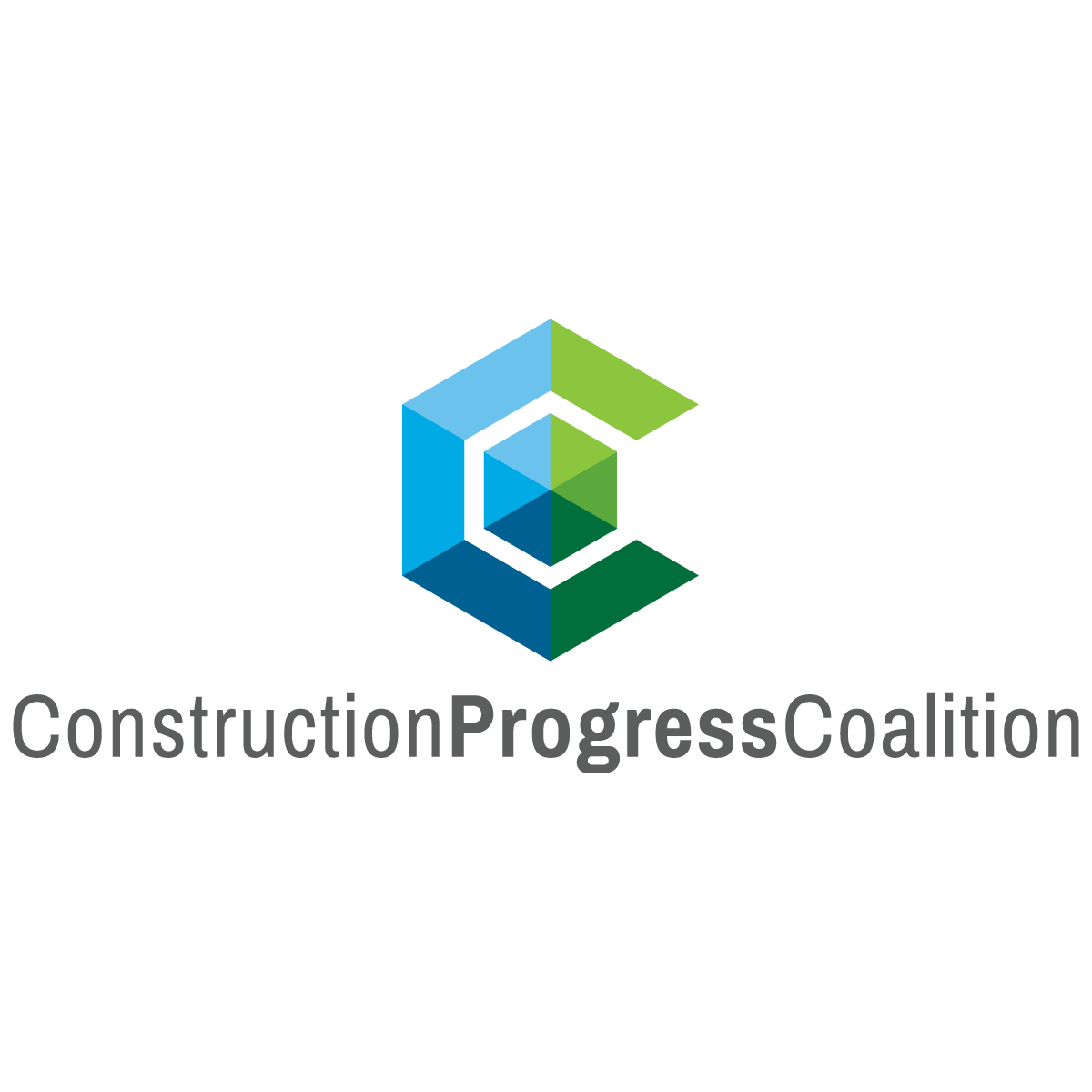
Exciting news! Milwaukee Tool has officially joined the Construction Progress Coalition (CPC). Several members of the ONE-KEY™ team had the privilege of joining CPC to represent the company and participate in CPC’s industry-shaping programs.
At Milwaukee Tool, we’re committed to delivering disruptive innovation that empowers tradespeople. We work alongside tradespeople to understand their pain points, refining our revolutionary power tools to provide unmatched durability, performance, and productivity gains through our connected systems and the One-Key app; the CPC’s commitment to industry-wide collaboration and solving shared pains is therefore perfectly aligned with our company goals at Milwaukee Tool and platform goals with the One-Key app.
Construction’s Productivity Problem: Harnessing Data
There’s long been a big data problem in construction. Disparate data sources, collected at various stages of a project with no standardization, have created silos capable of derailing progress or leading to expensive rework. What’s more, as software providers have jumped into action to solve various aspects of construction–from design to inventory logistics—additional data sources are created.
How construction companies leverage project data and synchronize it in a meaningful way that can be used cross-functionally is an industry problem we’re trying to solve every day.
About Construction Progress Coalition: What Is the CPC?
The Construction Progress Coalition (CPC) is a professional organization “building a broad coalition of construction supply chain stakeholders united around the shared pains we all face when miscommunication leads to misuse, mistakes, lost profits, and lost communication.”
Broadly, the goal of the CPC is to bring together contractors, service providers, and construction technologists to automate shared problems, known as “shared pains,” to produce “shared gains.”
Through collaboration with industry stakeholders, the CPC pledges to “Iterate, fail fast, and learn faster to scale the digital transformation of design and construction.”
- CPC vision: Redefine project performance measurement in the digital age.
- CPC Mission: Improve project delivery by connecting stakeholders through a Common Data Exchange (CDX).
2022 AEC iSummit
The AEC Integration Summit (i.e., “iSummit) took place in February, a 2-day event in Denver, Colorado where cross-functional groups, representative of industry stakeholders, come together and determine how to solve issues and inefficiencies faced industry-wide through a common data exchange (CDX).
The CPC brings together architects, technologists, general contractors and trade contractors, project owners, as well as service providers in conversation about industry problem-solving that is agnostic of selling products. That is to say, we don’t wear our sales hats and instead come together to solve issues in broad terms.
Topics discussed include: RFIs, MEP system components, the payapp process, reality capture, trade contractor prequalification.
Ultimately, the goal of the iSummit is to iterate and define a future state where processes (RFIs, handoffs, etc.) can be standardized and improved through connected systems.
CPC approach:
- Digest & debate: On Day 1 of the AEC summit, groups of 5-10 participants and a group lead “make time to digest the common objectives between team participants before opening the floor to debate how best to redraw the lines of risk management to improve efficiency and quality.”
- Decide & deliver: On Day 2 of the AEC summit, teams “decide on the key protocols and data exchanges required to achieve their ‘state of possible’ before verbally committing to deliver on follow-up activities that accelerate industry adoption.”
Milwaukee Tool at AEC iSummit
Milwaukee Tool, as both a software developer and hardware manufacturer, is committed to joining the conversation at the CPC, as it affords us the opportunity to understand real pain points and big issues that need to be solved; gaining these insights help us determine how we can better facilitate solutions through custom integrations, connected tools and devices, inventory management features, and so forth.
One-Key product manager Nick Monica led a session on the topic “Point of Payment Release,” a common problem experienced by specialty contractors and subcontractors in the standard “bid-build” construction project process.
Description of problem:
- Process background: In the bid-build process, a trade contractor has to put together a thorough application for payment that includes progress updates, defined milestones (e.g., at 20% complete, contractor will get a specified payment), as well as supporting documents (e.g., paystubs, invoices from suppliers, photos/videos of completed work). All of this constitutes a payment application.
- Problem: On top of the sheer quantity of supporting documentation needed in their payment application, there’s a disparate process involved: Trade contractors’ payment applications are grouped together in the General Contractor’s application for payment, which all goes to the Owner. If all checks out, payment is released from Owner to General Contractor, who pays the Trade Contractor. Such a drawn-out payment chain with so many moving parts can result in problems that quickly multiply; especially when you consider that contracts stipulate certain payment terms (for example, that payment is released after 120 days of payapp approval), any small delay can lead to serious cashflow issues that can bring production to a screeching halt.
Discussion:
The discussion of how to solve payment release problems focused on how we can tie in project data in real-time to better prevent opportunities for data loss.
Examples include:
- How Internet of Things-connected tools and devices in the field can provide data to substantiate work complete; e.g., the amount of runtime on a job (quantity of days onsite)
- Using reality capture data (video survey of site)
- Matching above-mentioned data with BIM model and creating a digital twin that can automate the collection of information that is pulled into collaboration software that is used and viewed by all, providing instantaneous access as opposed to data loss
We’re excited to be a part of the Construction Progress Coalition and look forward to future events and opportunities to connect meaningful industry dialogue with executables that meaningfully help contractors become more productive through process improvement and automation.